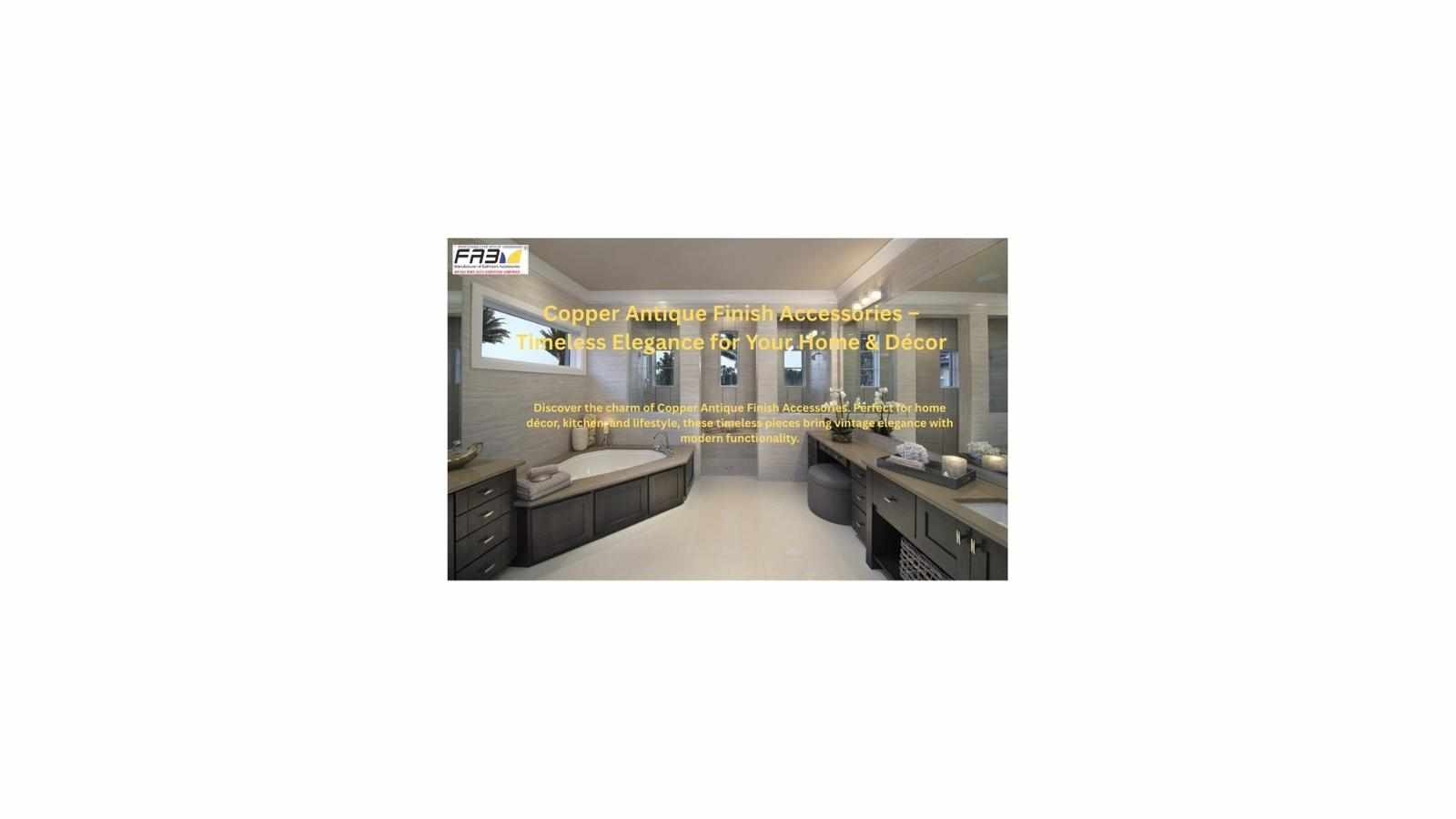
When it comes to childproofing your home, Baby Latch lock are essential tools that can significantly enhance safety. These locks are designed specifically to keep curious babies and toddlers out of places that could pose a danger to them. Whether you're concerned about cabinets, drawers, or even doors, baby latch locks provide a simple yet highly effective solution to ensure your little one remains safe from harm.
In this comprehensive guide, we will explore the various aspects of baby latch locks, including their features, benefits, and why they are a must-have for every household with young children.
Understanding the Importance of Baby Latch Lock
As your baby begins to explore the world around them, it's natural for them to be curious about everything they can get their hands on. From kitchen cabinets filled with cleaning products to drawers full of sharp objects, the risks are numerous. This is where baby latch locks come into play.
Baby latch locks are specifically designed to prevent children from accessing hazardous areas or items in the home. These locks are simple to install and highly effective, making them a crucial part of childproofing any household.
Key Features of Baby Latch Lock
The primary function of baby latch locks is to provide a barrier between your child and potential hazards. However, their design also incorporates several key features that make them particularly well-suited for child safety:
Easy Installation: Baby latch locks are designed to be installed quickly and without the need for complex tools or hardware. They can be attached to doors, cabinets, and drawers in minutes.
Durability: These locks are made from strong materials that are capable of withstanding the pulling, twisting, and yanking that young children may apply.
Adjustable Mechanism: Many baby latch locks come with an adjustable mechanism, allowing them to fit different types of furniture and doors, ensuring versatility.
Childproof Design: The design of these locks ensures that they are difficult for children to open, but easy for adults to operate, providing an effective way to keep little hands out of harm’s way.
Non-Damaging: Unlike some other forms of locks, baby latch locks do not cause damage to your furniture or doors, ensuring that your home remains intact.
Why You Need Baby Latch Lock in Your Home
While it might seem like a minor addition, the installation of baby latch locks in your home can make a significant difference in child safety. Here are several reasons why these locks are so important:
Preventing Access to Dangerous Areas
The kitchen is a particularly hazardous area for young children. With sharp knives, hot stoves, and toxic cleaning supplies, it’s essential to secure cabinets and drawers. Baby latch locks are the perfect solution for keeping these potentially dangerous areas out of reach. By securing these cabinets, you can ensure that your baby won't accidentally harm themselves by getting into harmful substances or sharp objects.
Reducing the Risk of Injury
In addition to kitchen safety, baby latch locks are ideal for preventing children from accessing areas with heavy or fragile items that could cause injury if they were to fall. This includes bookshelves, entertainment units, and even dressers that could tip over if not secured. By installing baby latch locks on doors and cabinets, you can minimize the risk of your child injuring themselves in these common household scenarios.
Promoting Independence and Peace of Mind
As your baby grows and begins to explore, baby latch locks provide peace of mind by preventing dangerous situations from arising. Parents can relax knowing that their children can safely roam around the house without coming into contact with harmful substances or objects. It also gives children the independence to explore safely, without feeling overly restricted.
Cost-Effective Safety
Childproofing can be expensive, especially when considering the cost of multiple safety products. Baby latch locks are an affordable solution that provides excellent value for money. They are relatively inexpensive and can be installed on multiple doors, cabinets, and drawers, ensuring comprehensive protection for your home.
Types of Baby Latch Lock Available
When selecting baby latch locks, it’s important to choose the right type based on your needs. There are various types of locks available, each designed for different uses:
Adhesive-Based Latch Locks
Adhesive-based baby latch locks are easy to install and are often used for cabinets and drawers that don't have a lot of hardware or handles. These locks are attached using strong adhesives, making them ideal for renters or those who don’t want to drill holes into their furniture. However, they may not be as secure as other options for more forceful children.
Magnetic Baby Latch Lock
Magnetic locks are a more sophisticated option. They feature a magnetic mechanism that requires a magnetic key to open. This ensures that the lock is both secure and difficult for children to open. Magnetic baby latch locks are typically installed on high-traffic areas such as kitchen cabinets, where extra security is needed.
Spring-Loaded Latch Locks
Spring-loaded baby latch locks are one of the most popular choices for cabinets and drawers. These locks feature a spring mechanism that automatically locks into place when the door or drawer is closed. To open it, an adult must press the spring to release the latch. These locks are simple to operate but provide reliable security.
Sliding Door Latch Locks
For sliding doors or patio doors, baby latch locks that are specifically designed for these door types are essential. Sliding door locks help ensure that children cannot access outdoor areas or breakable glass doors, which could pose a serious risk. These locks are generally easy to install and operate, providing a secure barrier for sliding doors.
How to Install Baby Latch Lock
Installing baby latch locks is a simple and straightforward process. Here’s a general step-by-step guide to help you with installation:
Choose the Right Lock: Select the appropriate baby latch lock based on the type of furniture or doors you need to secure. Ensure that the lock is suitable for the surfaces you are working with.
Clean the Surface: Before installation, clean the area where you will place the lock to ensure that the adhesive sticks properly (if applicable).
Position the Lock: Place the baby latch lock in the desired location. If it’s adhesive-based, remove the backing and press the lock firmly onto the surface. For other types, use screws or other fasteners as needed.
Test the Lock: Once installed, test the lock to ensure that it is secure and functions properly. Try to open it with both adult and child hands to verify the safety mechanism.
Conclusion
Incorporating baby latch locks into your childproofing strategy is an easy and effective way to keep your home safe for young children. These locks offer peace of mind by preventing access to dangerous areas and reducing the risk of injury. Whether you are safeguarding kitchen cabinets, drawers, or doors, baby latch locks provide an affordable, durable, and child-friendly solution for a safer home environment.
For more information on how to enhance the safety of your home with the best locks, check out our comprehensive selection of safety solutions.








Write a comment ...